Introduction
Made of rock crystal and copper, the Lothair Crystal is a vivid representative of the Early Middle Ages (see Figure 1). Its author is unknown, and it was created between 855-869.
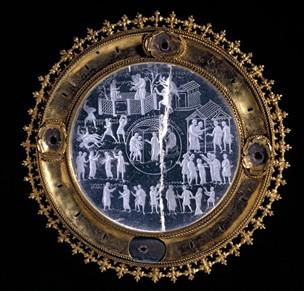
The Lothair Crystal is a gem representing the biblical story of Susanna, the first girl who was falsely abused. There are eight scenes describing the story. Considering that biblical legends were at the center of the Middle Ages, this piece of art is rather important to understand that life and people (“The Lothair Crystal,” n.d.). It is supposed that the Lothair Crystal was given to kings to show it as a symbol of power at the court.
Another significant art representing the Early Middle Ages is the sixth-century Byzantine-style mosaic representing Jesus (see Figure 2). Located at Sant’Apollinare Nuovo, Ravenna, and made of fabric and glass, this mosaic refers to Roman-Byzantine Christian art. The author is unknown. The key features that reflect characteristics of that time are brick exterior, glittering gold, and naturalistic portraiture. It is culturally significant as it reveals the religious expression and translates theology into art.
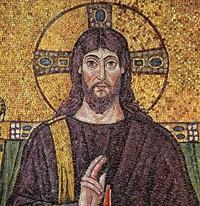
Romanesque
Carving from Maria Laach Abbey, Eifel, Rhineland represent the scenes of a man’s creation and fall (see Figure 3). This piece of art was made of the wooden crucifix by Master Hugo in the tenth century.
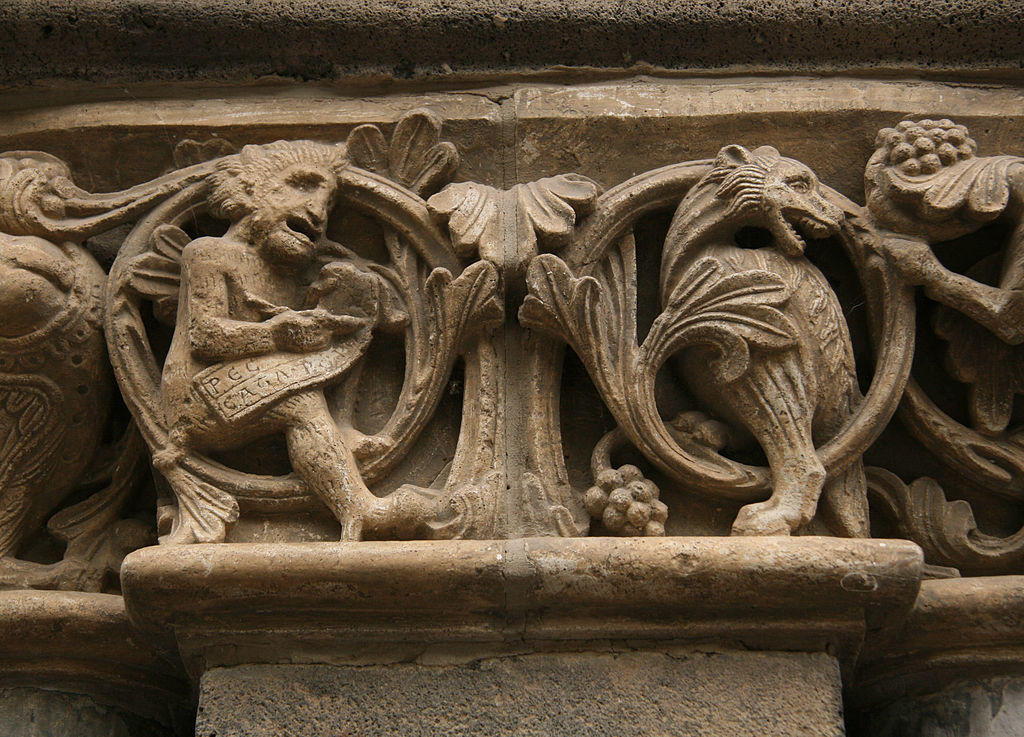
This piece represents the power of the Roman Empire, and it is notable for acanthus-leaf decoration. It is culturally significant as it reveals the historical and social continuity in a coherent style. Abbeys were extremely important as well as their design. When towns were destroyed, churches remained unbroken.
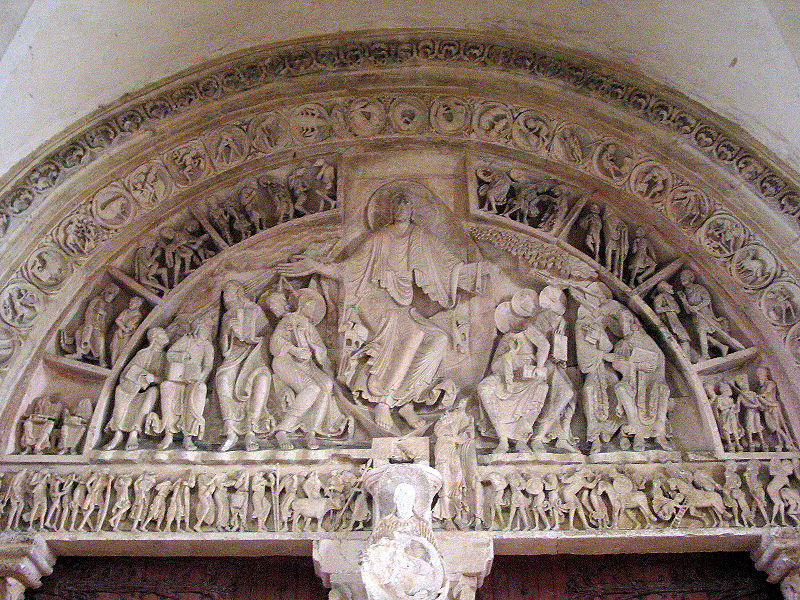
Created in the 1130s by an unknown author, stone tympanum of Vézelay Abbey, Burgundy, France is characterized by decorative spiral details and imagery ornaments (“Vézelay Abbey,” n.d.). Designed over the doorway, it was rather important for churches as if protecting them. Historically and culturally, this art shows Christian art and its role in that time. Today it helps to become closer to the Middle Ages.
Gothic Art
The Western (Royal) Portal at Chartres Cathedral (ca. 1145) by an unknown author is the first piece of art that made a revolution in the Gothic style (see Figure 5). Built of stones, it is characterized by columnar elongation, jambs, and archivolts specific to this art. It focuses on the themes of humility and passion. It runs across the portal zone and calls people to a righteous life, thus integrating history and culture.
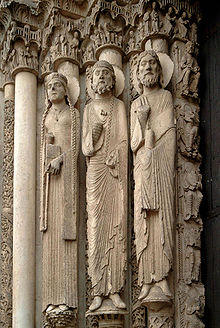
French ivory Virgin and Child sculpture designed of ivory by an unknown author are dated by the 13th century (see Figure 6).
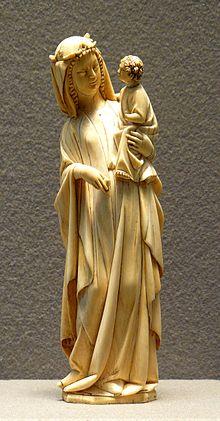
Located at Louvre, Paris, this statuette depicts the Virgin Mary and baby Jesus. The robe of the woman is decorated with gold. It serves as a vivid representation of Jesus’ childhood and his mother. Since religious motives and especially Jesus’ life and role were of great importance, this piece reflects the ideals of that time (“Gothic Art,” n.d.). It helps modern people to realize the role of religion in Gothic art.
Overview
From the described travel, it is possible to note that the Middle Ages present important and interesting pieces of art. Among the key similarities, there are religious themes and materials such as stone and ivory. The differences involve such details as to size, style, and ornaments. The medieval artists integrated their knowledge and skills to reveal cultural and historical contexts for future generations. This travel helps to understand what was important for that epoch. It promotes the connection of art throughout history.
References
Gothic Art. (n.d.). Web.
The Lothair Crystal. (n.d.). Web.
Vézelay Abbey. Basilique Sainte-Marie-Madeleine De Vézelay.(n.d.). Web.